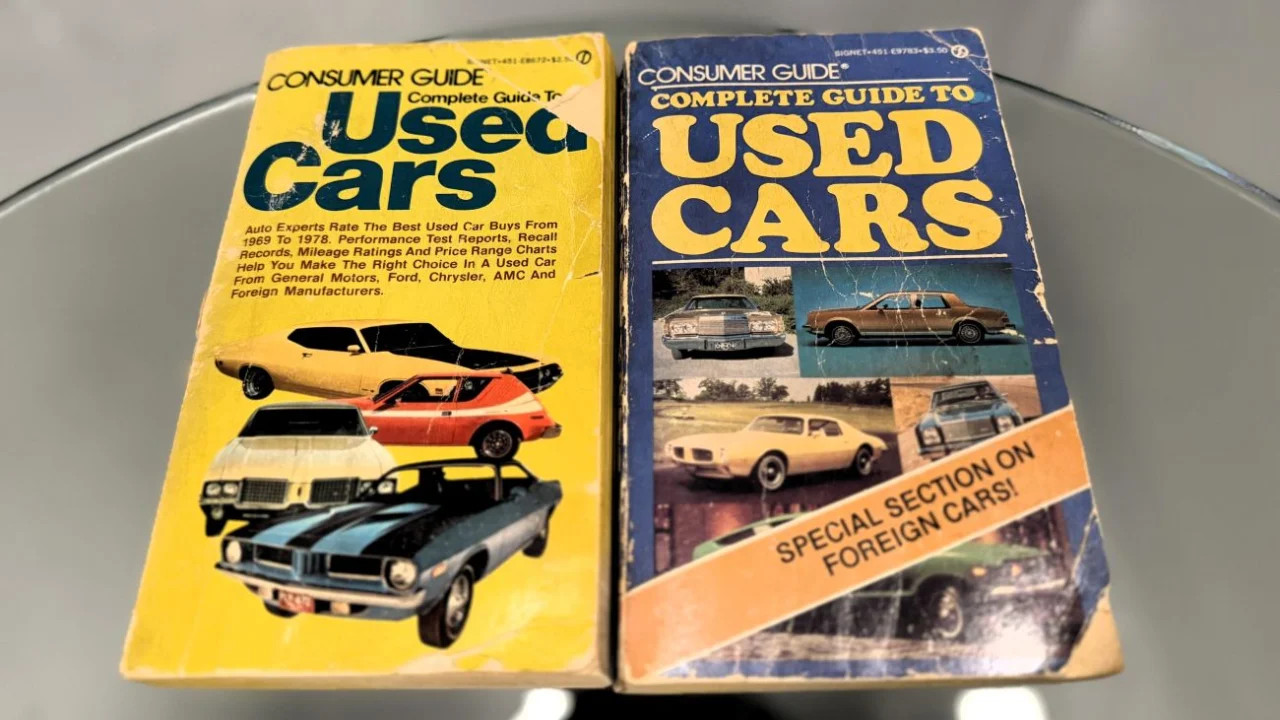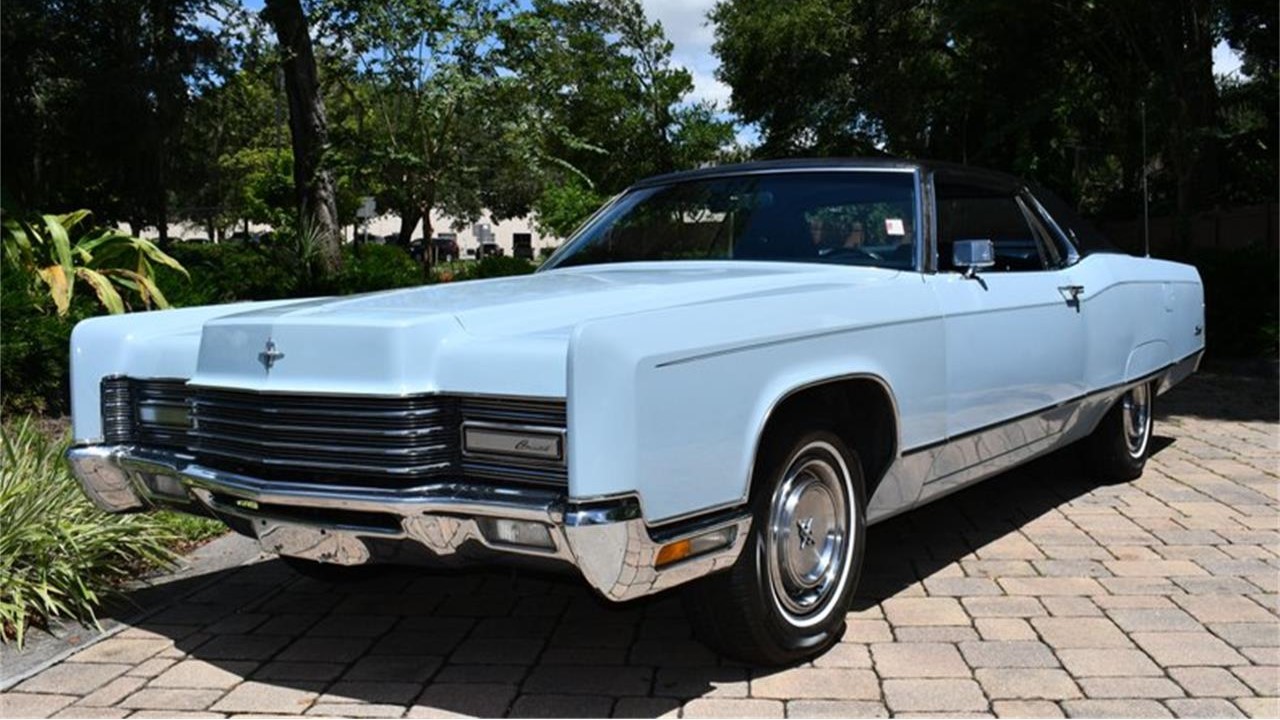Does status and prestige build a better car? That’s the question to keep in mind as we dive into Consumer Guide’s overview of 1970s Lincoln vehicles in the used car market.

While it may seem the initial 1970 Lincolns were unique, the truth is that the Continental shared a chassis with full-size Ford Motor Company vehicles, and the Mark III shared its platform with the four-door Thunderbird. And don’t forget the Versailles! Through the end of the decade, Lincolns would share platforms with Ford and Mercury vehicles even when they were being downsized. By association, we can assume Consumer Guide’s recommendations should mirror those it had for Ford and Mercury vehicles, but we also know nothing can be assumed.
Let’s take a look at Lincoln, then you can compare the ratings below with those for Ford and Mercury models. Please note the CG rating scale of 5 being Excellent and 1 being Poor.
Lincoln
“Virtually any car from … Lincoln will deliver a full 100,000 miles of useful life with a minimum of major repairs.”

- Continental: “Impressive size, ride, and comfort. Note less-than-glowing recall history [but] above-average repair record.” CG rating: 3
- Continental Mark III: “Handling ponderous, steering feels a contradiction in terms.” CG rating: 3
- Continental Mark IV: “Workmanship above-average, as is the overall repair record for this series.” CG rating: 3
- Continental Mark V: “Less back seat space [than the Mark IV] … Average overall repair record improves to above-average for ’79.” CG rating: 3
- Continental Mark VI: “Far less distinctive than Marks III through V, but better for it.” CG rating: N/A
- Versailles: “If you are looking for a car of this type, consider a first-generation Seville instead.” CG rating: N/A

